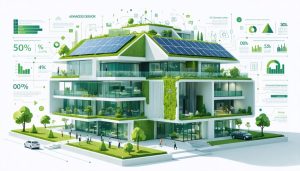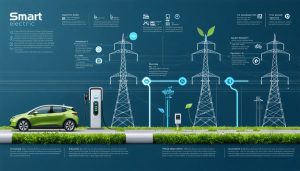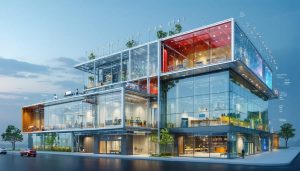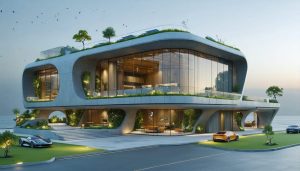
Smart Urban Mobility: How Cities Are Reshaping Growth for a Connected Future
Urban smart growth represents a transformative approach to city development that’s reshaping how we build, move, and live in metropolitan areas. By integrating intelligent transportation systems, sustainable infrastructure, and data-driven planning, cities are evolving into more efficient, livable spaces that serve both current and future generations.
At its core, smart growth prioritizes compact development, mixed-use neighborhoods, and transit-oriented design while preserving open spaces and reducing environmental impact. This methodology has become increasingly critical as cities worldwide grapple with rapid urbanization, …









